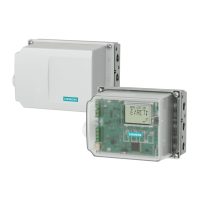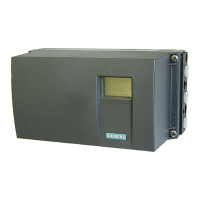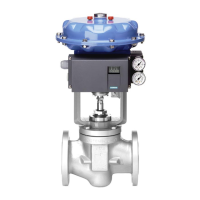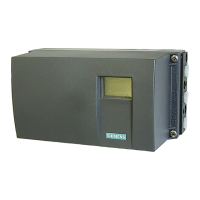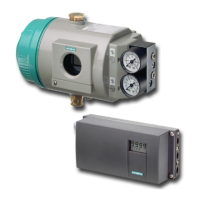E.3 Operating principle of booster
The input pressure from the positioner which acts on the effective surface of the upper
diaphragm, produces a force which counteracts the force of the outlet pressure acting on the
lower diaphragm at a ratio of 1:1. A change of the inlet pressure results in a difference so that
balance has to be restored by a pilot valve. This increase presses the diaphragm module down,
opens the pilot valve and releases supply air to the outlet until balance is restored. A decrease,
on the other hand, ensures that the diaphragm module is raised, which opens the outlet air seat
and lowers the outlet pressure such that it corresponds to the inlet pressure. These devices
have a stabilizing bypass needle valve, so that the inlet pressure can directly go to the output
in the event of small or gradual changes at the input. As the booster has a bypass, there is no
loss of accuracy and if the needle valve is set properly, the persistence stability can be retained.
The suitable setting of the needle valve depends on the size of the actuator. The larger the
actuator, the more the needle valve can be closed and its stability retained.
① Input ⑤ Supply pressure
② Exhaust air outlet ⑥ Output
③ Outlet air seat ⑦ Diaphragm
④ Supply air seat ⑧ Bypass valve
Booster
E.3 Operating principle of booster
SIPART PS2 with PROFIBUS PA
336 Operating Instructions, 05/2019, A5E00127926-AC
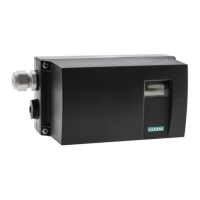
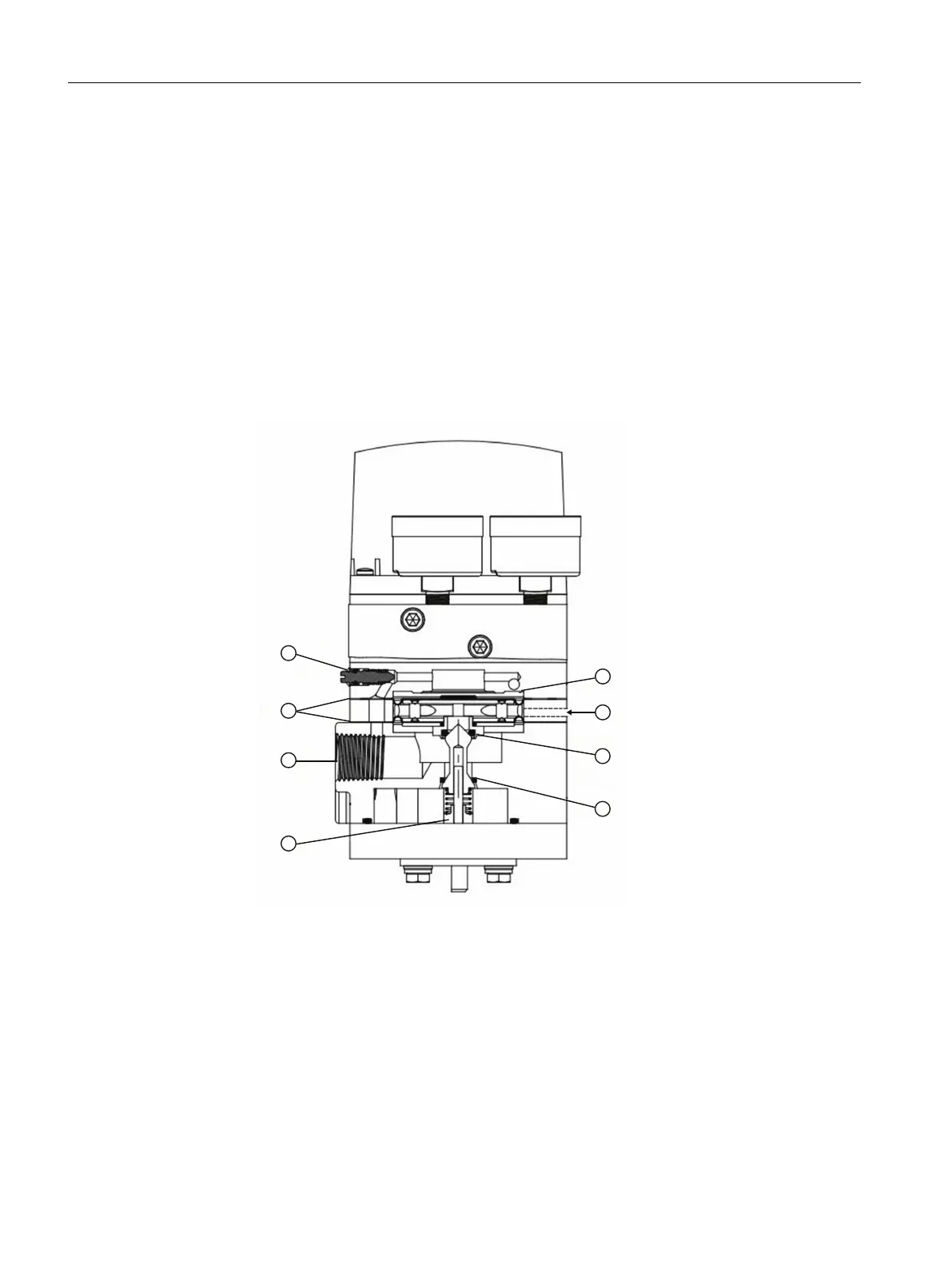